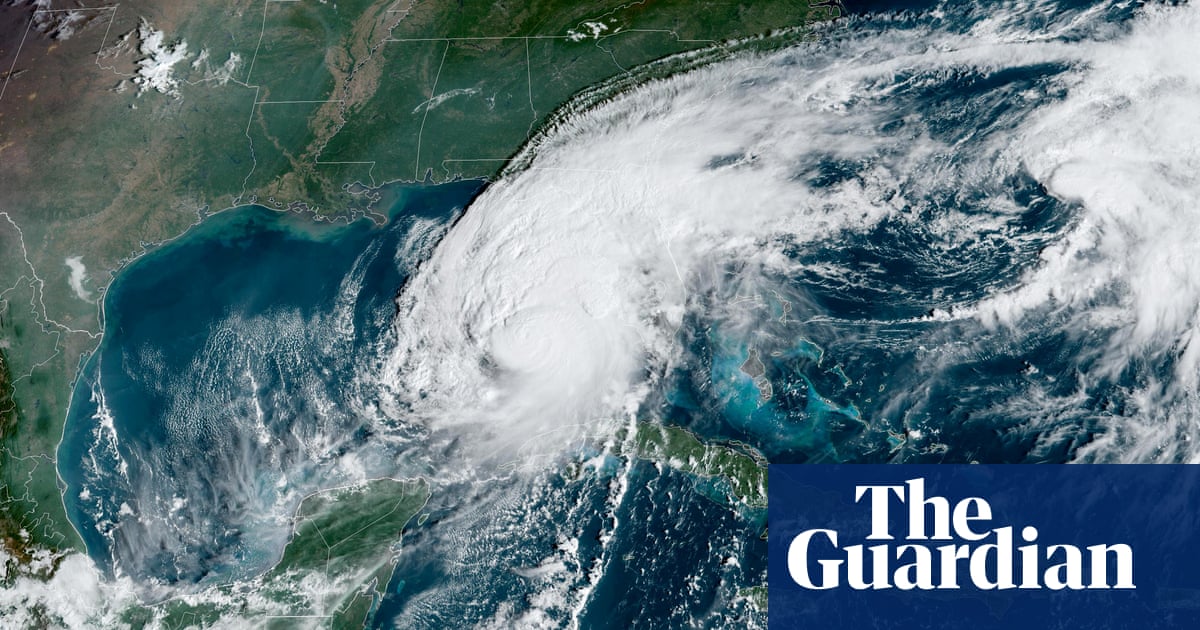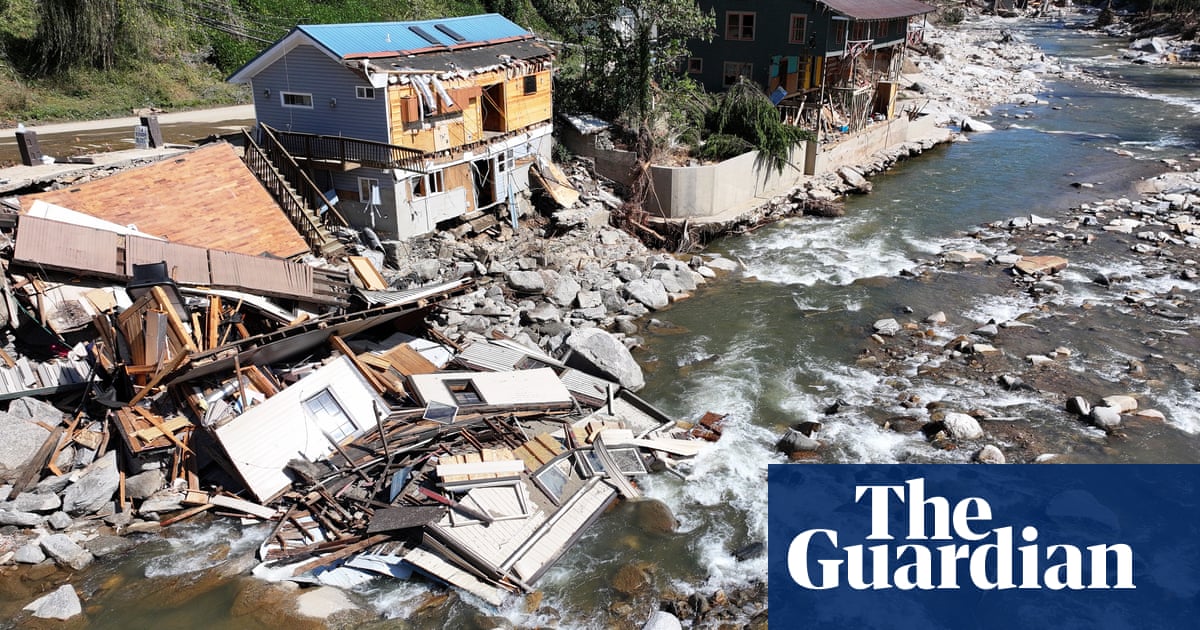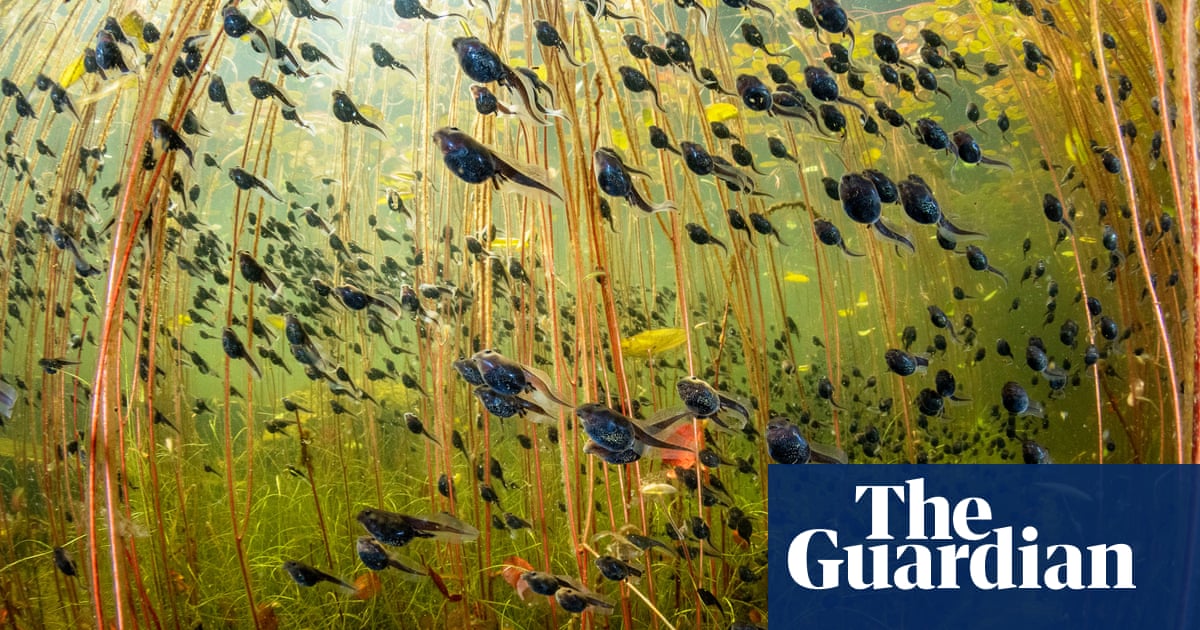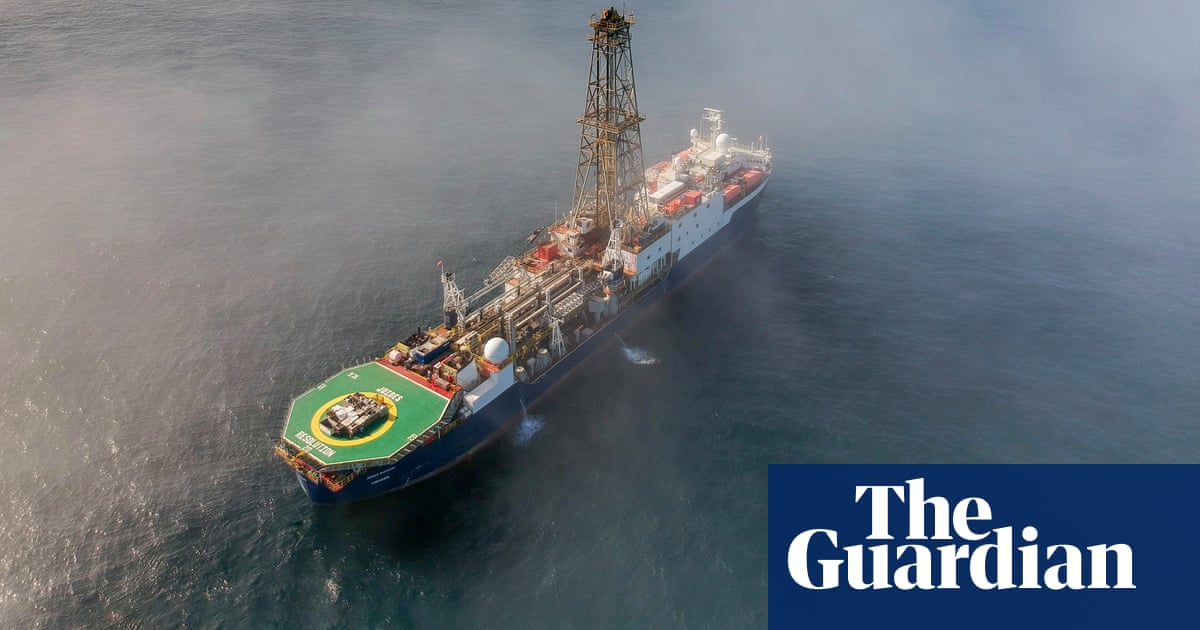The Indian business tycoon and former Tata Group chairman Ratan Tata has died, aged 86.
Tata, who had headed India’s largest conglomerate for over 20 years, had been receiving intensive care at Mumbai hospital, according to Reuters.
He was famous for making large acquisitions, including buying the British tea firm Tetley in 2000 for $432m and the Anglo-Dutch steelmaker Corus in 2007 for $13bn, which at the time was an unprecedented takeover of a foreign firm by an Indian company. Tata Motors then acquired two of Britain’s most recognisable car brands: British Jaguar and Land Rover, from Ford Motor Co.
“It is with a profound sense of loss that we bid farewell to Mr Ratan Naval Tata, a truly uncommon leader whose immeasurable contributions have shaped not only the Tata Group but also the very fabric of our nation,” the company said.
Tata was described as a “a visionary business leader, a compassionate soul and an extraordinary human being” by the Indian prime minister, Narendra Modi.
In a statement announcing Tata’s death Natarajan Chandrasekaran, the current chairman of Tata Sons, said: “On behalf of the entire Tata family, I extend our deepest condolences to his loved ones. His legacy will continue to inspire us as we strive to uphold the principles he so passionately championed.”
After gaining a degree in architecture from Cornell University in the United States, Tata returned to his homeland in India and, in 1962, began working for the company his great-grandfather had founded nearly a century earlier.
Three decades later, Ratan Tata took over from his uncle JRD Tata, ushering in a global outlook and an era of high growth. He shook up the company’s hierarchy by enforcing retirement ages and promoting young people to senior positions.
Tata oversaw the construction of the Indica, the first car model designed and built in India. He also oversaw the design of the Nano, which was promoted as the world’s cheapest car, contributing initial sketches for both models.
The Indica was a commercial success. The Nano, however, was discontinued after safety issues and a poor marketing campaign. It ended Tata’s dream of producing an affordable car for all Indians.
He was an licensed pilot, and was known for being quiet, modest and an animal lover. “My love for dogs as pets is ever strong and will continue for as long as I live,” the industrialist, who never married, said in a 2021 interview.
after newsletter promotion
“There is an indescribable sadness every time one of my pets passes away, and I resolve I cannot go through another parting of that nature. And yet, two-three years down the road, my home becomes too empty and too quiet for me to live without them, so there is another dog that gets my affection and attention, just like the last one.”
In 2008, the Indian government awarded him the Padma Vibhushan, the country’s second-highest civilian honour.









